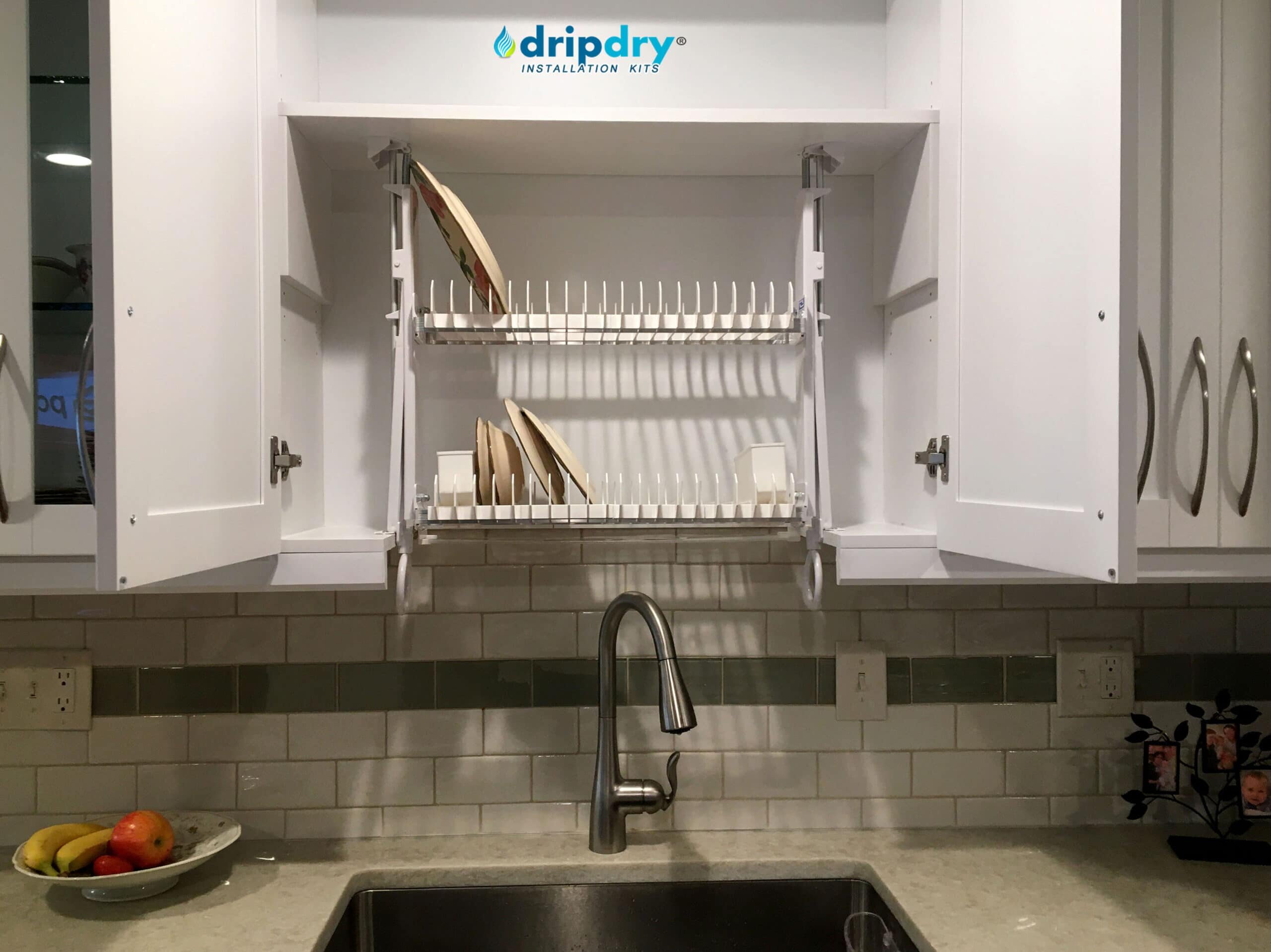Functionality and Space Optimization: Open Dish Rack Cabinet

The open dish rack cabinet, a minimalist’s sanctuary, presents a unique paradigm shift in kitchen organization. Its transparent nature invites a mindful approach to both storage and the aesthetics of everyday life. Let us explore the nuanced differences between this approach and the traditional closed cabinet, revealing the potential for profound harmony between functionality and spiritual ease.
The inherent contrast between open and closed dish storage lies in the very essence of their design. Closed cabinets, while offering protection from dust and casual glances, often conceal clutter and limit the immediacy of access. Open racks, on the other hand, foster a sense of order through visibility. This constant awareness encourages a more mindful approach to dishwashing and storage, transforming a mundane task into a practice of presence. The enhanced air circulation within open racks promotes quicker drying, reducing the risk of mildew and fostering a cleaner, more hygienic environment. However, open systems require diligent maintenance to prevent dust accumulation and maintain a pristine appearance. The choice, therefore, becomes a reflection of one’s personal values and priorities in kitchen design.
Air Circulation, Accessibility, and Hygiene in Open vs. Closed Dish Storage
Open dish racks excel in air circulation, leading to faster drying and a reduction in bacterial growth. This natural ventilation minimizes the need for harsh chemical drying agents, aligning with a more eco-conscious and spiritually harmonious approach to cleaning. The immediate visibility of dishes in an open rack promotes ease of access, streamlining the flow of kitchen activities and reducing the time spent searching for specific items. This contributes to a calmer, more efficient workflow. Closed cabinets, while protecting dishes from dust, can harbor moisture and potentially foster the growth of mold if not properly ventilated. Regular cleaning is crucial in both systems, but the open design allows for easier inspection and maintenance, preventing potential hygiene issues from becoming significant problems.
Optimizing Dish Organization in an Open Dish Rack Cabinet
The art of organizing dishes within an open rack transcends mere practicality; it’s a path towards mindful living. A well-organized rack reflects an inner sense of calm and control. The following steps will guide you on this transformative journey:
- Categorize and Prioritize: Begin by categorizing dishes by type (plates, bowls, cups, etc.) and frequency of use. Place frequently used items within easy reach, reserving less-used pieces for the back or higher shelves.
- Stack Strategically: Larger items should form the base of stacks, ensuring stability and preventing accidental toppling. Use dividers or small containers to separate delicate items and prevent chipping.
- Vertical Space Maximization: Utilize vertical space effectively by employing tiered racks or stacking plates strategically. Consider using slimline storage solutions to increase capacity without compromising accessibility.
- Aesthetic Arrangement: Consider the visual appeal of your arrangement. Grouping similar items by color or size can enhance the overall aesthetic and contribute to a sense of calm and order.
- Regular Maintenance: Regular cleaning and dusting are essential to maintain hygiene and visual appeal. A clean and organized rack not only enhances functionality but also promotes a sense of serenity within the kitchen space.
Small-Space Open Dish Rack Cabinet Solution
For a small kitchen (approximately 8ft x 10ft), a space-saving open dish rack solution can be achieved with careful planning. A wall-mounted rack measuring approximately 24 inches wide, 12 inches deep, and 36 inches high could efficiently accommodate essential dishware. Placement above the countertop, near the sink, ensures easy access and minimizes movement. This strategic positioning maximizes counter space and maintains a clean, uncluttered work area. The rack’s depth should be carefully chosen to avoid obstructing walkways or hindering movement within the kitchen. Selecting a rack with adjustable shelves allows for customization based on dish sizes and usage patterns, optimizing storage capacity and accessibility.
